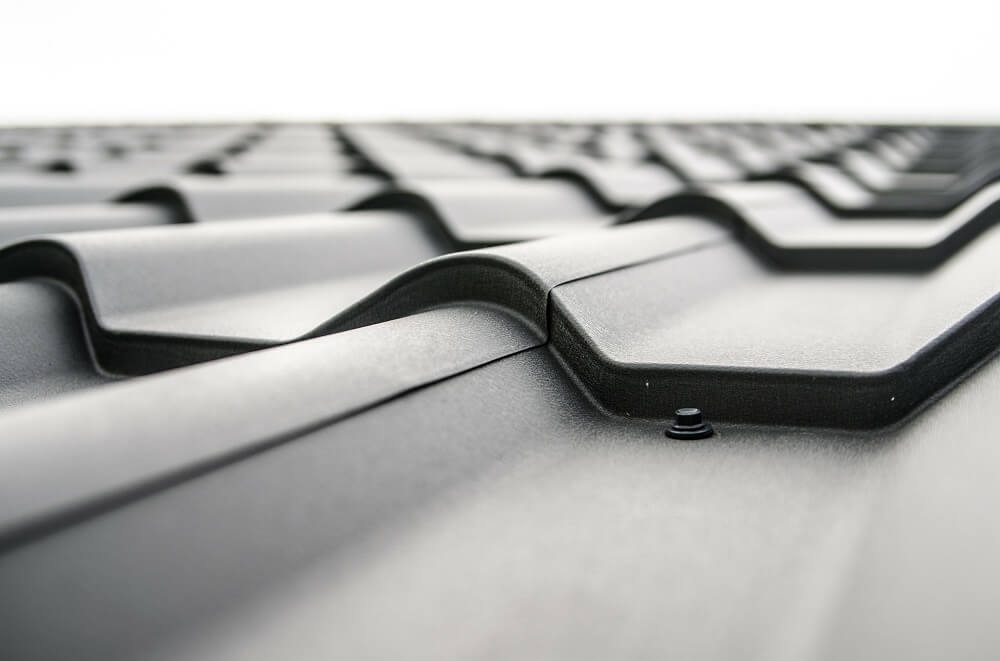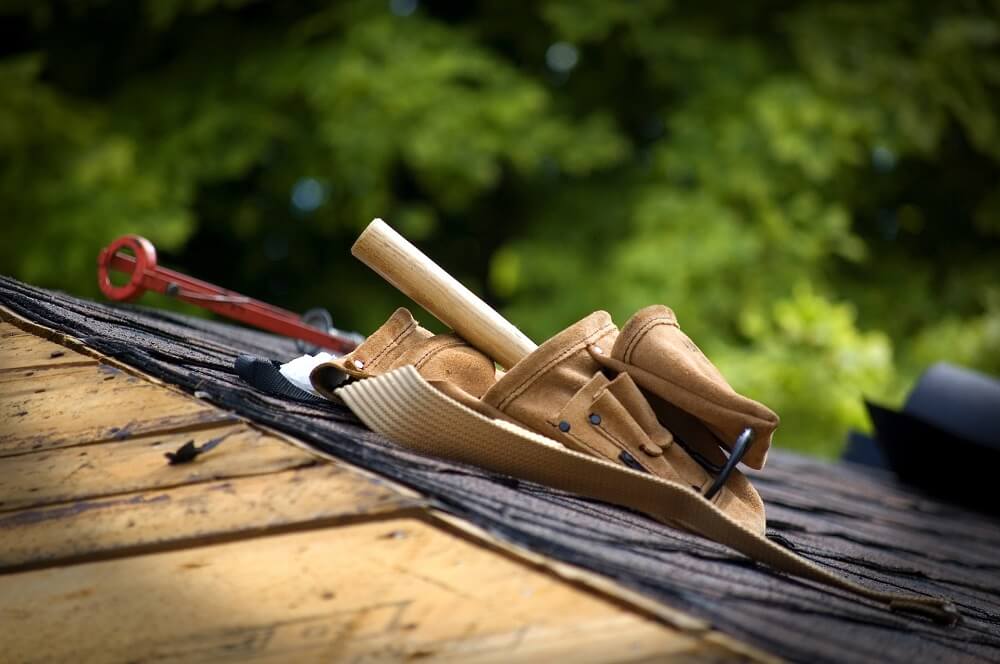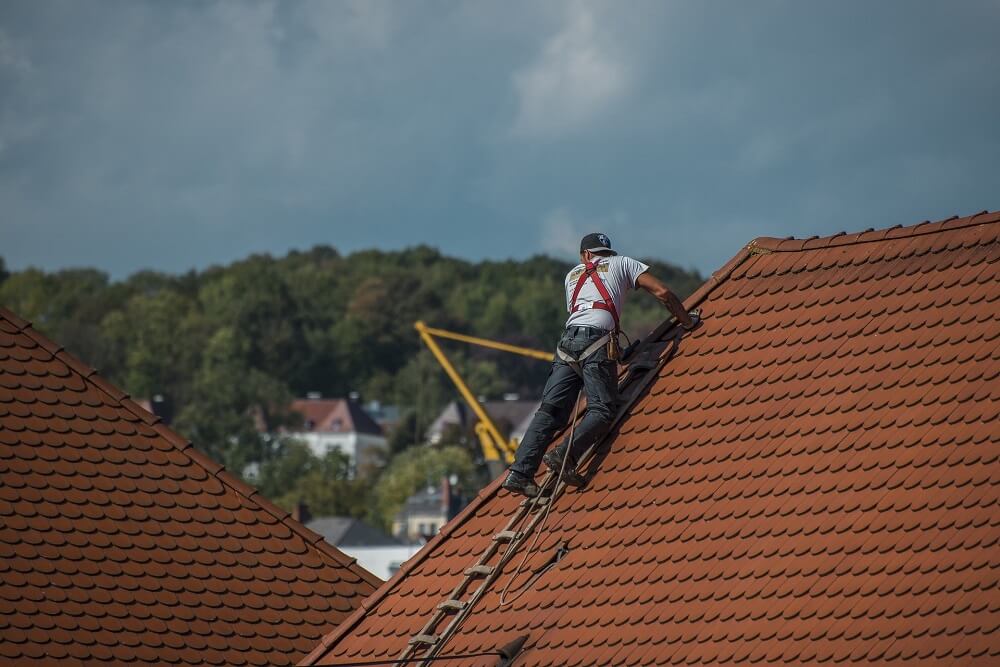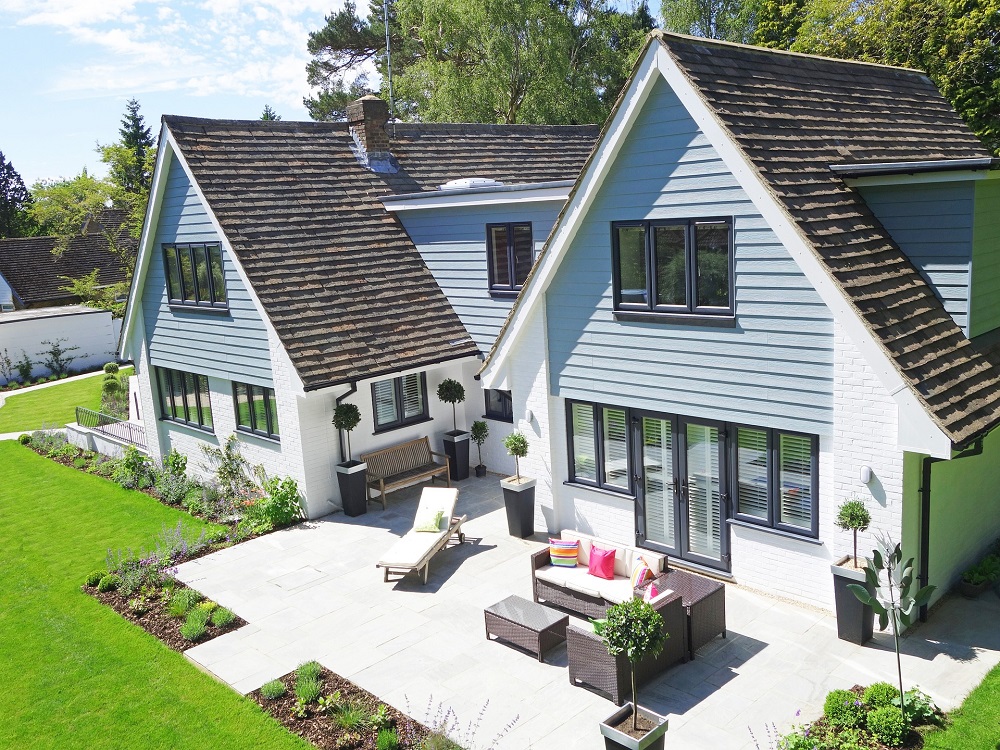When the long, cool winter finally passes, and summer arrives. The thing you will want to think about is the impact of the changing seasons. Winter can cause the most damage to your roof, but the summer heat has its threats that can cause problems. Summer storms and wind damage, heat damaging materials. The ultraviolet sun rays damage and heat stroke due to temperature fluctuation. From day to night can damage your roof. Here is an impression of summer and how it can affect your roof system.
The harsh summer heat can damage your roof, especially if it is old. That is why roof inspections and repairs are essential in the summer season. How summer heat affects your roof. Your local roofing expert will explain the damaging effects of summer heat on your roof in this post.
Most Noticeable Roof Warnings
The most obvious, of course, are summer storms, and while they are usually brief, they can be very stormy. Yet, if you have been through our roof spring checklist. You have a potential problem, and you need to select a shape to keep it protected. Except for a direct hit from a fallen tree, of course.

Small Inexperienced Roof Warnings
Ultraviolet Rays
Your roof is constantly exposed to ultraviolet light, even on cloudy days. And that exposure increases significantly during the long summer days. These sun rays dry up the grease in the materials that make up your roof. Which causing the wood to whiten, weaken and crack?
Heat
The roof withstands the sun’s weight and is exposed to a lot of heat in the summertime. An unshaded roof can attain heat of up to 65°C to 90°C. Asphalt shingles can vanish at this temperature. It also accelerates the harmful effects of UV rays and causes other problems. It will collect heat, raise the temperature in your home, and cause condensation problems. It also increases your cooling and carbon footprint.
Thermal shock
Your roof can reach high temperatures during the day and cool off as soon as the sun goes down. This causes the material to expand and shrink, weakening its structural integrity over time. This is especially true for metal, which can curve out of shape and create gaps between your roof’s metal elements and other parts of the structure.
High humidity
Hot and humid air damaged the roof. Condensation settles under the shingles and causes water damage, leaks or rotting material, and mold growth.

Roofing Depravity
Prolonged exposure to direct sunlight can affect your roofing material. An aging roof is more susceptible to sun damage. Asphalt shingles can peel, clog, or erode. As a result, the wood’s surface is exposed to sunlight and rain, which can cause water contamination. Consider repairing your roof before summertime if it’s over two decades and you notice meaningful baldness.
Impact on Roof Color
As you have probably heard from many people, the color of your roof affects how much heat your ceiling absorbs. A federal study shows that plywood under dark eaves is consistently 10 to 15 ° F hotter than plywood under light roofs in direct sunlight. When you return to the introductory science course, it is pretty easy to see why – darker colors tend to absorb more light, trap heat in the roof, and let it flow across your ceiling. On the other hand, lighter colors reflect most of the heat from the light rays, meaning that they store much less heat than darker roofs.
How Summer heat impact Roofing Materials?
Your roofing material can also have a significant impact on how much heat is absorbed in your home. For example, an asphalt roof will only reflect about 30% of the light that falls onto your home. On the other hand, metal roofs are highly reflective, which means that most of the light rays will reflect off your home, and your house and ceiling will remain at a consistent temperature all year round. In comparison, these are the 2 common types of roofing materials. Each option, from tile roofs to concrete flat roofs, offers different light and heat retention levels. If you have a selected roofing element that you would love to install in your new home but are concerned about energy efficiency, it is good to know that most roofing materials are good roofing options.
How to Accumulate your Residential Roofing System from The Summer Heat?
Perhaps the best way to keep your roof cool is to place some solar panels on the roof. Solar modules can be either photovoltaic or solar collectors. Photovoltaic solar panels produce power from the sun and generate cash, while solar collectors heat water in water pipes exposed to sunlight. With this water, you can cook, bathe, wash dishes and clothes. With this system, you can even heat your house in winter.

That way, instead of roof heat and problems, you can convert that energy into heat you can use or turn it into electricity.
Plan Solar Panels on the Roof
If you have a flat roofing system, you can create a garden and make shade and herbs. Rooftop rooms are a great way to get lots of sun rays while covering the roof space. Take a pot, storage box, or similar, put soil in this box for flowers and greens, and plant any gardens or whatever you want. Water your plants regularly. This way, you keep cooling costs down, and you have fresh, high-quality veggies.
Your roof must be structurally strong to support the weight of the large garden. Contact a roofing contractor and roofing company to inspect your roof before replacing your old metal roofing system.
Schedule roof inspection in a Regular way
Preventing is always better than cure. Therefore, you should check your roof yourself or have it done by a specialist at least once a year. You can contact any local roofers and Roofing Contractors. We will be happy to inspect your roofs, identify the problems or weaknesses, recommend repairs or repairs, and generally reassure you and your family that you enjoy the cool summer weather.








